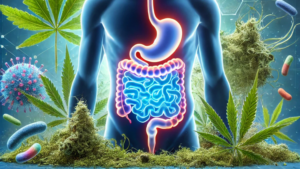
From Your Gut to Your Oral Health: How Cannabis May Aid in Cleansing Your Microbiome and Why It Matters
The human microbiome plays a crucial role in our overall health, from digestion to immune function and even mental well-being. But did you know that cannabis may have a positive









